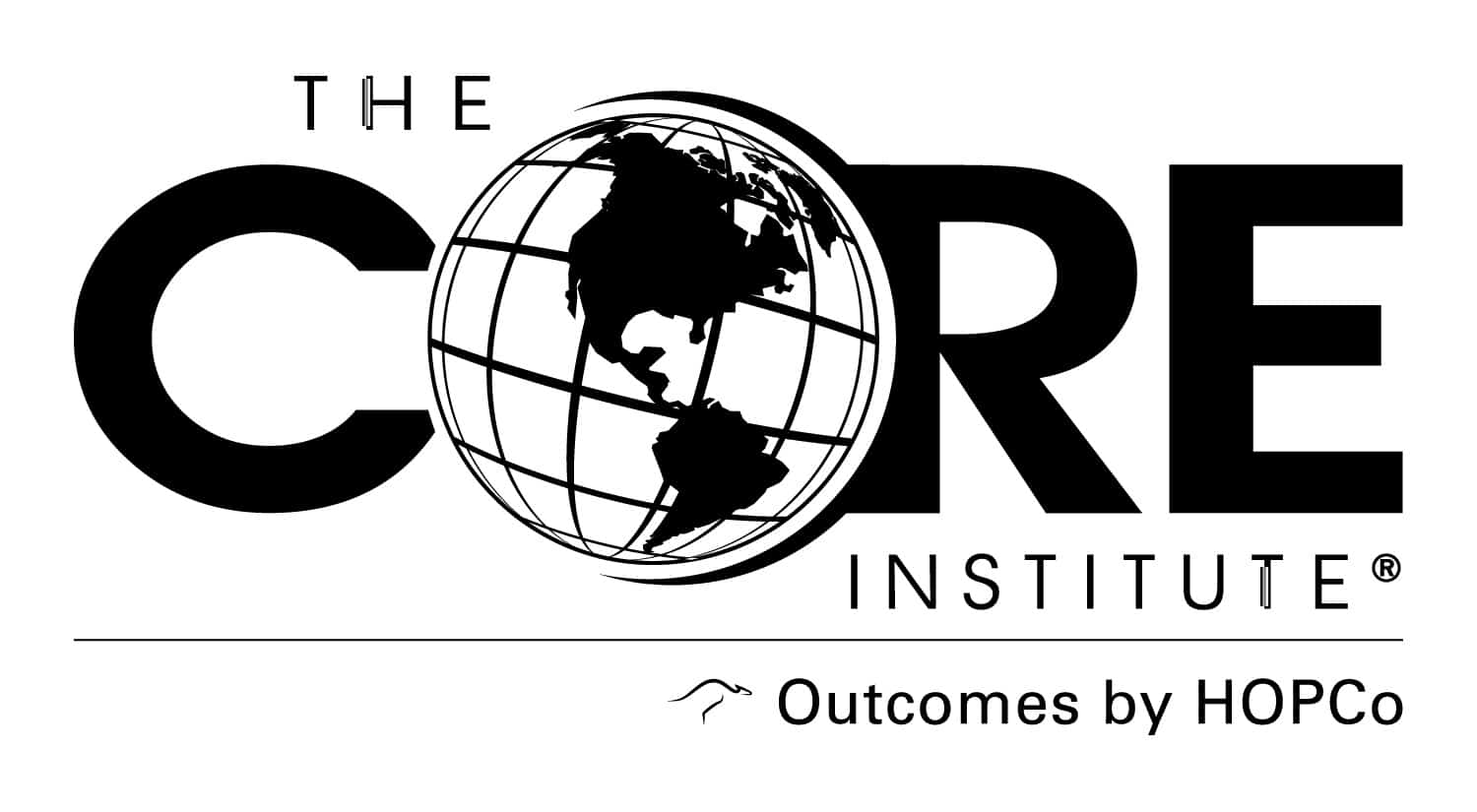Unfortunately, with age, spinal compression fracture risk increases. These fractures are most common in the elderly, postmenopausal women over 55 and those who suffer from osteoporosis, or diminishing bone density.
Spinal compression fractures involve actual cracks in the vertebra of the upper (thoracic) or lower (lumbar) spine. Feeling back pain while lifting something that is not very heavy is a common first sign of a spinal compression fracture, says Dr. Ali Araghi, director of The CORE Institute’s Spine Division. A patient will often feel better while laying down, worse with movement, however, it’s not uncommon for the body to heal the fracture within six weeks.
There are patients whose bodies cannot heal the fracture in that time frame. If the pain persists, it’s critical to see a physician immediately, Dr. Araghi asserts. Newer fractures could benefit from minimally-invasive surgical procedures that could bring almost immediate pain relief.
Options that work
One option for pain relief is a vertebroplasty surgery, which involves injecting cement into the fractured vertebra area to stabilize the bone. The procedure requires only two tiny injection sites, each only a few millimeters in length. The procedure is done on an outpatient basis with intravenous sedation and local anesthesia is used.
“Typically, pain relief from the fracture is immediate,” Dr. Araghi adds.
For some, however, the fractures can be more severe and the height of a vertebra could be considerably compromised. To potentially regain some of the lost vertebra height, a surgeon may look to kyphoplasty. The procedure uses a balloon to create a cavity at the fracture site. The balloon is removed and the cavity immediately filled with cement, potentially reducing the chances of cement extravasation.
“It can potentially restore some of the height of the vertebral body which is lost due to compression,” Dr. Araghi added. “That cavity creation is really what differentiates kyphoplasty versus vertebroplasty.”
Kyphoplasty is available at The CORE Institute, but Dr. Araghi emphasizes that tending to the fracture early is critical to success. Identifying the fracture at the three-week point and not waiting until it is six to eight weeks old can make a difference.
“With well-selected patients, the results are outstanding and it’s one of the more successful spinal procedures we do,” he added.
To learn if spinal compression fracture surgery is right for you, call 866.974.2673.
- Check Your Spine - April 14, 2021
- 10 Tips For Your Best Home Workout - April 14, 2021
- Faster Service… No Appointment Necessary! - April 14, 2021
